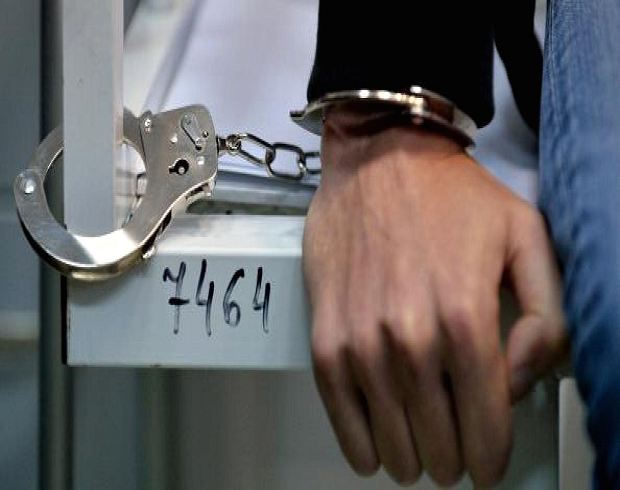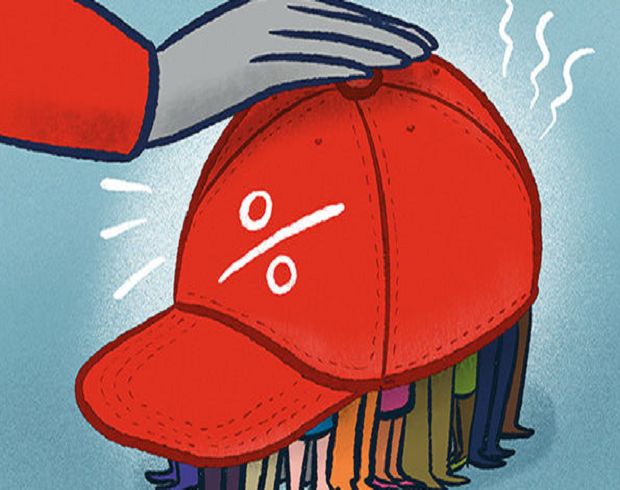Last week a colleague attended a funeral of a loved in Murang’a, which is outside the Armaggedon battle field that our health authorities have defined as the “Disease Infested One Zone Area (DIOZA)”. But it was not angels of mercy that stood watch over the last frontier over at Del Monte/Blue Posts roadblock on the Thika Super Highway. Instead they found uniformed men who scoffed at the government issued permits that the funeral entourage were carrying allowing them to leave DIOZA and told them the only permits they recognized were those in the form of cash. It gets more interesting: since word had clearly spread that “Escape from DIOZA” permits can be bought on the spot, cars had formed a tail back more than a kilometre long awaiting their turn to pay their escape tax and be on their merry way to undertake whatever social or economic activity they were pursuing.
The speed with which new taxation measures are rolled out in Kenya, whether formal in the form of the controversial minimum tax or informal in the form of DIOZA escape tax, is awe inspiring. Last week, the Executive Board of the International Monetary Fund (IMF) approved a US$ 2.34 billion 3 year term facility that was provided to support the Government’s next phase of COVID-19 response as well as its plan to reduce debt vulnerabilities, safeguard resources to protect vulnerable groups as well as advance weaknesses in some state owned enterprises and strengthen transparency and accountability through the anti-corruption framework.
But the IMF facility caused so much angst on social media that I had to read it myself to see what it was all about. So I did. All 121 pages of the IMF Country Report number 21/72 which is eye watering economic jargon written by economists, interspersed with acronyms that could make a dormant ulcer bleed. Alright, I exaggerate a little. The paper looks like what would be in banking-speak a credit application paper where the bank spends a good amount of time analyzing the borrower’s financial health history as well as the borrower’s projections of the same for the 38 month term of the facility.
Further on in the paper the borrower, through the Cabinet Secretary, National Treasury and Planning together the Central Bank Governor, puts in a Letter of Intent that attaches an almost 30 page document that demonstrates what the borrower wants to achieve in terms of economic policy to ensure that the funds are well spent. One particular admission was of great interest. According to our borrower government, strengthening of public investment management will be key to securing developmental objectives. The paper reveals that Kenya’s public investment plan includes some 4,000 projects, but many of these have been slow to execute resulting in about $10 billion of committed but undisbursed official development assistance much of it on concessional terms. That would be about four times the IMF facility that has been given to Kenya! The paper further admits that the government had undertaken a public expenditure review which identified 522 dormant projects and potential one-off expenditure savings of about 1.5% of Kenya’s GDP from cancelling at least a third of those dormant projects. Consequently, ineffective use of available project financing hampers service delivery, entails avoidable commitment fees on undisbursed funds, increases our reliance on expensive commercial financing and worsens our public debt vulnerability.
What does this mean in simple Wanjiku-speak: Some folks have been sleeping on the job! There are thousands of projects out here in sun kissed DIOZA and non-DIOZA regions that have concessionary funding which have either not been executed or been partly executed for reasons best known to those charged with the same. The result is that the government is forced to turn to commercial borrowing and its resultant costs to get some of these projects done. It beggars belief that there is no consequential action for non-performance or lack of delivery, but then one is reminded that what doesn’t get measured doesn’t get done.
The same exercise that was undertaken to review the public expenditure can be extended to review these projects and perhaps place them in the hands of able minded Kenyans who can get the job done with the right incentives put in place. While the paper is silent on what areas these projects are in, the mind boggling savings of 1.5% of GDP that emerges from cancelling a third of the 522 dormant projects should be enough to hire an effective team to deliver on the remaining projects. Simplistic much? Perhaps yes, but I know that there are at least a hundred good men and women who can be found to do this work exclusively and with the same zeal that the formal and informal tax collection system in this country is undertaken. Solutions to problems of our own making have to come from ourselves and can be done with the right incentives in place. For now, we contend with 2.34 billion reasons why we must gnash our teeth and adorn sackcloth for the next 3 years.
Twitter: @carolmusyoka

 carolmusyoka consultancy
carolmusyoka consultancy
 @carolmusyoka
@carolmusyoka


















